The lack of clarity around what exactly an eco-city or a garden city is, implies that its conceptualisation and aspiration can be manipulated by local political actors. But here are 6 performance areas that could help focus progress.
Still more articles claim that real estate developers are using the smart city mission in its two forms of greenfield and brownfield development to expand the concept of gated communities to gated cities, or create private, ordered enclaves inside and yet separated from the chaos of existing cities. Various types of developments, even when they are closed to large sections of the society, gain legitimacy as long as they offer a semblance of green infrastructure. This green imagery is created through visual material in the form of sketches and drawings at proposal stage, and later, through superficial treatments of surfaces, both horizontal and vertical.
But there is little or scant evidence that these projects end up providing ecological or environmental benefits, once they materialise. An immediate solution to this problem may present as tight and impenetrable targets or indicators, which track actual delivery of green infrastructure, or ecological design elements in new developments. However, a critical lens questions the intent of land developers, or actors with influence over land transformation (or urbanization) which includes local authorities, domestic and international investors, as well as the building industry.

Urban scholars note that the expansion of existing metros and the building of new cities, on so called greenfield sites, often involves cycles of dispossession and dislocation, of predominantly farmers from their agricultural land, at relatively low prices (Kundu, 2017; Datta, 2015). Critical urban theorists lament the reduction of eco-cities or green cities to mere tropes used by city developers to promote and perpetuate pre-existing patterns of unequal development, with no intention of actually embracing transitions to sustainability (Datta and Shaban, 2017). Drawing on the case of Lusaka, Lane (2017) claims that by borrowing design elements such as eco-corridors, wind turbines, foliage and landscaping, the vision of a green paradise is created and offered by developers, which may never materialise. This phenomenon is scattered across the Global South, and perhaps more so in cities which come with a prior image of being green, resplendent and with the title of a “garden city”, such as Lusaka in Zambia or Bangalore in India.
In Lusaka, the new green city paradise is also used by developers and promoters to bring in global experts, claiming low capacity among local officials (Lane, 2017). The lack of clarity around what exactly an eco-city or a garden city is, implies that its conceptualisation and aspiration can be manipulated by local political actors. From the perspective of sustainability, failed attempts at achieving smart, green and eco-city ideals get embedded in local mind sets as not only spatial problems of congestion; material issues of badly designed infrastructure, or risks emanating from climate change, but also as gaps in institutional capacities to govern effectively and apply the principles of sustainability to urbanization.
In the edited volume on fast cities by Datta and Shaban (2017), the editors want to leave readers on a note of hope and possibilities. Several urbanists and sociologists find mention in the conclusion, including David Harvey, a Marxist scholar, and significant contributor to the framing of critical urban theory. He offers the notion of a dialectic utopia, which is neither spatial, nor temporal, but is a ‘spatio-temporal’ play between different juxtapositions of urban politics across multiple locations and times (Harvey, 2000). Only through the materialisation of a wide range of potentialities, can radical alternatives to dominant and powerful pathways emerge (Datta and Shaban, 2017). The exploration of multiple potentialities and possibilities – human and urban – appears to be the call of utopian thinking and action.
I recently picked up my reading on numerous perspectives contained within schools of thought such as critical urban theory, assemblage thinking and speculative urbanism. I was interested in their particular socio-political view of the greatest transformation underway in our lifetimes—urbanisation and the linked environmental changes at global scales. Assemblage thinking seeks to connect with critical urbanism through three contributions (McFarlane, 2011). It is based on a descriptive orientation to the city as produced through relations of the actual and the possible, particularly in relation to the assembling of the urban commons. Through a focus on socio-material interaction and distribution, assemblage as a concept attempts to disrupt how agency and critique are conceived within critical discourses. Finally, assemblage as a collage or descriptive composition, enables an imaginary of the city and in this aspect, appears to me as closest to the idea of the “mythical” city.
Speculative urbanism, on the other hand, is posited on the idea that speculation by global capital investors is the lead determinant of both the scale, speed and instruments for accessing and transforming land, as well as the mechanisms which drive urban design and built form (Goldman, 2011). However, this assumption has been somewhat challenged by Indian authors, attributing the diminished role or in some cases, the entrepreneurial role of the state, to an unrealised and obsolete master-planning process as well as the well-intentioned but ineffective 74th Constitutional Amendment Act (Tiwari et al, 2015).
I am now able to comprehend and grasp much better the different ways in which urban actors are involved in myth-making, and the articulation of their intent by urban scholars. Clearly, there are developers who use the green, smart or eco-city as tropes and indulge in what may be termed “green washing” at the scale of urban retro-fitting or rural to urban land-use transformation. Critical urban scholars are able to draw out the inequitable impacts of such types of urban development, especially on what are claimed to be greenfield cites, and are often ecological commons. Critical accounts of such blatant misappropriation of normative framings of the city tend to come across as cynical, as they highlight social exclusion and superficial treatment of environmental concerns, while green imagery produces an all too common rhetoric. At the same time, there are visionaries, such as mayors, city leaders, practitioners and researchers, who indulge in urban imaginaries of green utopias, in order to coalesce positive action towards sustainable futures. Their intent is to move beyond the questioning of politically driven, inequitable processes, which drive or entrench pre-existing vulnerabilities, across urban and rural contexts, with ecological and social impacts, at local, regional and global scales.
While one group never intends to realise urban fantasies, the other asserts that at least some aspects of myths are in fact, attainable. Both groups generate myths by drawing upon examples of the materialisation of some of the multiple potentialities which Harvey (2000) eludes to. Such examples are in places or projects, where green or nature-based solutions have seen the light of day. And they may have been achieved through design (as planned interventions by municipal authorities or engineering departments) or through more organic, grassroots coalitions. What are these exemplars, which can help achieve green or environmentally brighter cities, through their nuanced replication and relevant realisation across different contexts? They could range from stories of change or continuity, which engage the masses, challenge inequities, promote balance, educate the young, and seek or present solutions with equal emphasis on people and the environment. Stories and cases which build knowledge on sustainable living and city building, and perhaps, theory building. They could help nudge development pathways towards realising green futures and counter the hijacking of smart or eco cities for political gains.
I suggest here a list of potential performance areas, which is not all inclusive. These performance areas are aimed at making the myth of green cities a reality. These are not new ideas, many of them are already explored in research projects and applied by schools, community groups, and institutions with which many of us have engaged or associated. My hope is that they get adopted more deeply and more widely, especially in the global South, in order to discourage the misuse of urban tropes for perpetuating unsustainability, and to dispel the notion that green cities are mythical:
- Novel teaching methodologies in cities, which include spending time outdoors, in or with nature. This would be at school and university levels and could be conducted as part of citizen science initiatives. The challenge here would be to ensure that excursions do not end up being disassociated from the larger curriculum at schools and colleges but are integrated with classroom learning and involve teachers from related sciences such as biology, chemistry and ecology. The young need to understand and remember that tending to environmental concerns does not happen after socio-economic or infrastructure interventions in cities, are designed and implemented. Current formats of teaching about nature in the city is ensconced within environmental studies or sciences, which are isolated from more dominant scientific disciplines and somehow relegated to a lower academic status.
- Researching, developing and promoting nature-based solutions, particularly in the areas of water resource management and waste water treatment. Piecemeal applications in isolated locations will most likely not last, since water and wastewater are connected cyclically with daily human needs and functions within settlements. Therefore, a long-term strategy for ensuring the longevity of such solutions would be to implement them within an integrated water management system of the city.
- Training for public officials which exposes them to nature-based solutions and encourages to apply them within their sphere of influence. Once developed and promoted, nature-based solutions would need to find support among decision-makers to ensure that they get implemented, tested and improved, and become the norm, rather than the exception. Therefore, exposing decision-makers to the long-term benefits of ecologically sensitive applications, across social and financial dimensions, becomes important. This may require generation of financial models which encourage investment in green technologies over the long term.
- Building technologies which aim to reduce negative environmental impact or create positive impact of the built environment. There are several decades, if not centuries of work, by architects, engineers and builders, which aims to find resonance with nature or the immediate natural environment of buildings, in all its aspects, such as wind, sunshine, the climate and the topography. It has been called passive buildings, green architecture, which uses bio-climatic design and eco-sensitive building technologies. Digital naturalism is the latest in this long list of practice-based approaches, which aim to reduce the ecological footprint of our built environment, particularly our cities, on the natural environment.
- Urban design which refrains from using green imagery and instead involves citizens or future inhabitants / residents in design and building initiatives. This point relates directly to the main discussion of this article, which centres on urban scale, nature-inspired aspirations of green cities, with low delivery of socially just and environmentally sensitive habitats. Engaging citizens across social groups, particularly those with lower access to modern technology, and who should have an equal say in how their cities grow and function, will depend on the intent with which civic participation is conducted.
- Regional planning which looks to the future and recognises the need for incorporating risks associated with food supply, extreme climatic events and their impacts, and conservation of urban / peri-urban forestry and natural systems. At this point we reach a scale and a discourse, where arguments centred on global risks and planetary boundaries are exactly those which enable the duplication of fast cities, rushed through the stages of planning to implementation, in order to counteract dialogue and discussion, which are the very basis of engaged urbanity. Therefore, regional planning for urban development needs to be a slow process, of land appraisal, environmental impact assessments and democratic processes of engagement and reflection.
Sumetee Gajjar
Bangalore
References
- Datta, A. 2015. “New urban utopias of postcolonial India: ‘entrepreneurial urbanization’ in Dholera smart city, Gujarat.” Dialogues in Human Geography 5 (1): 3-22.
- Datta, A. and Shaban, A. 2017 (eds). Mega-urbanization in the global South: fast cities and new urban utopias of the post-colonial state. Routledge, New York.
- Goldman, M. 2011. “Speculating on the next world city.” In Wordling Cities: Asian Experiments and the Art of Being Global, by A. Roy, and A. Ong (eds.). London: Wiley-Blackwell Publishers.
- Gururani, S. 2012. “Flexible planning: the making of India’s ‘Millenium City’, Gurgaon.” In Ecologies in Urban India: Metropolitan Civility and Sensibility, by A.M. Rademacher and K. Sivaramkrishnan (eds.), 121-123. Hong Kong: Hong Kong University Press.
- Harvey, D. 2000. Spaces of Hope. Berkeley, CA: University of California Press.
- Kundu, R. 2017. ‘Their houses on our land: perforations and blockades in the planning of New Town Rajarhat, Kolkata’ in Mega-urbanization in the global South: fast cities and new urban utopias of the post-colonial state Datta and A. Shaban (eds.). Routledge, New York.
- Lane, M. 2017. ‘Mega-scale sustainability: the relational production of a new Lusaka’ in Mega-urbanization in the global South: fast cities and new urban utopias of the post-colonial state Datta and A. Shaban (eds.). Routledge, New York.
- McFarlane, C. 2011. “Assemblage and critical urbanism.” City 15 (2):204-224.


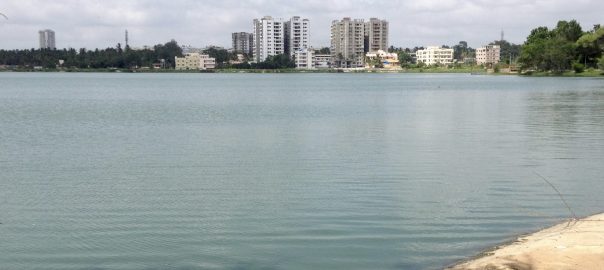
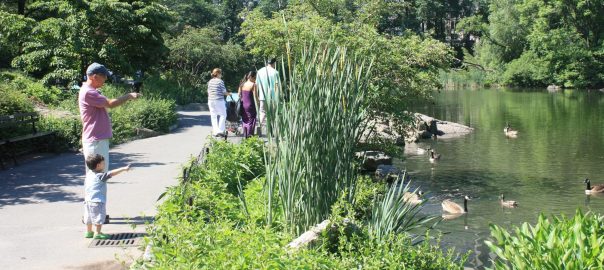
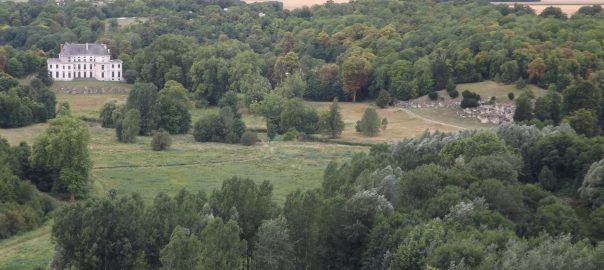
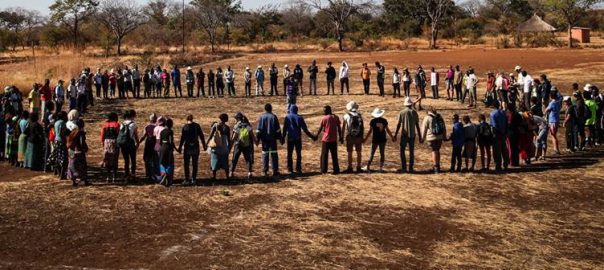
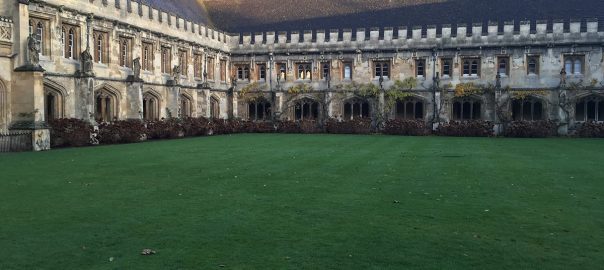
Leave a Reply